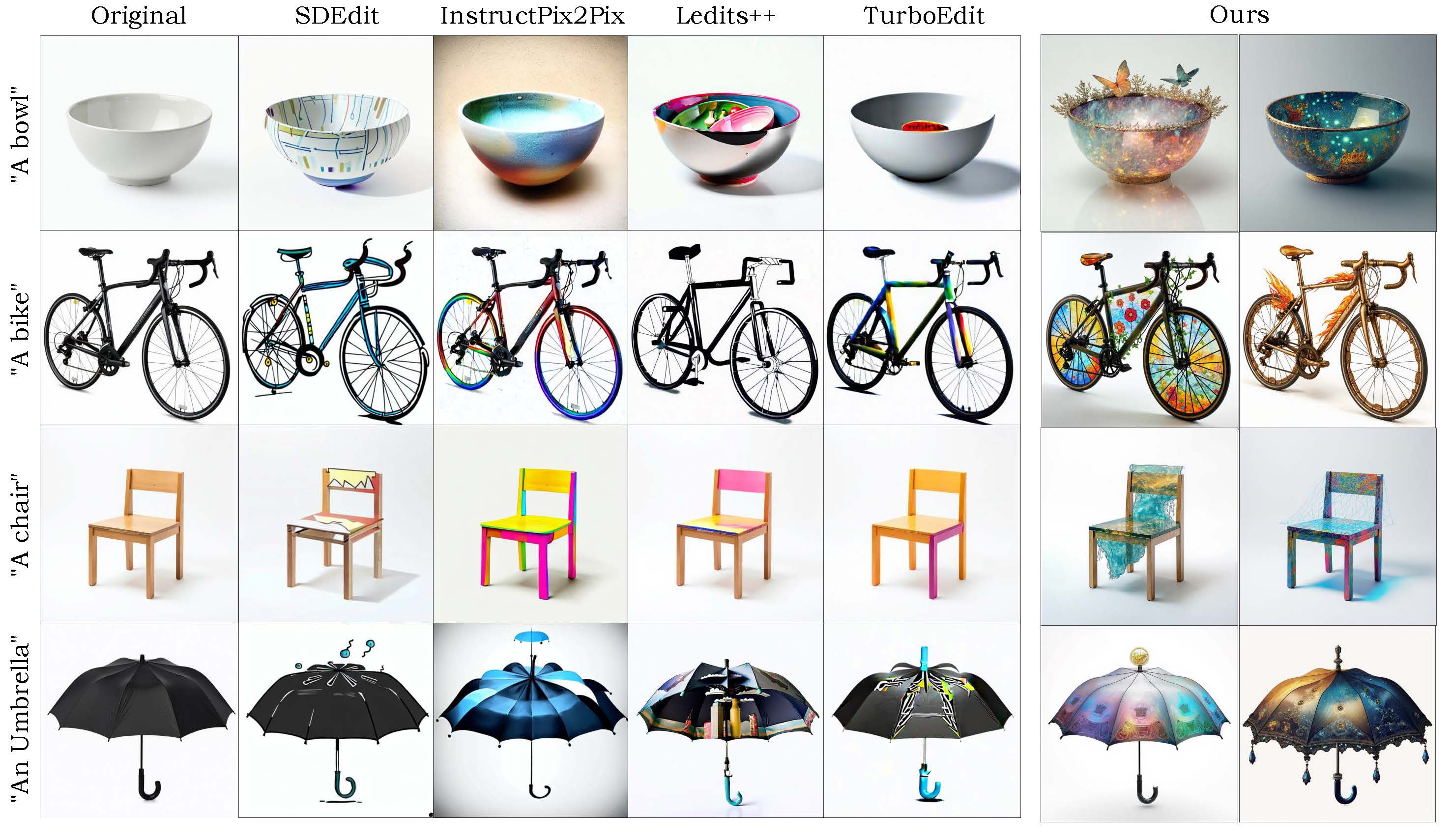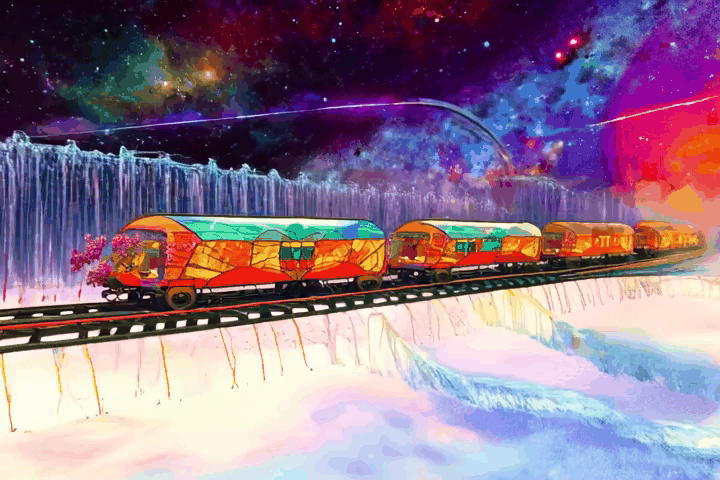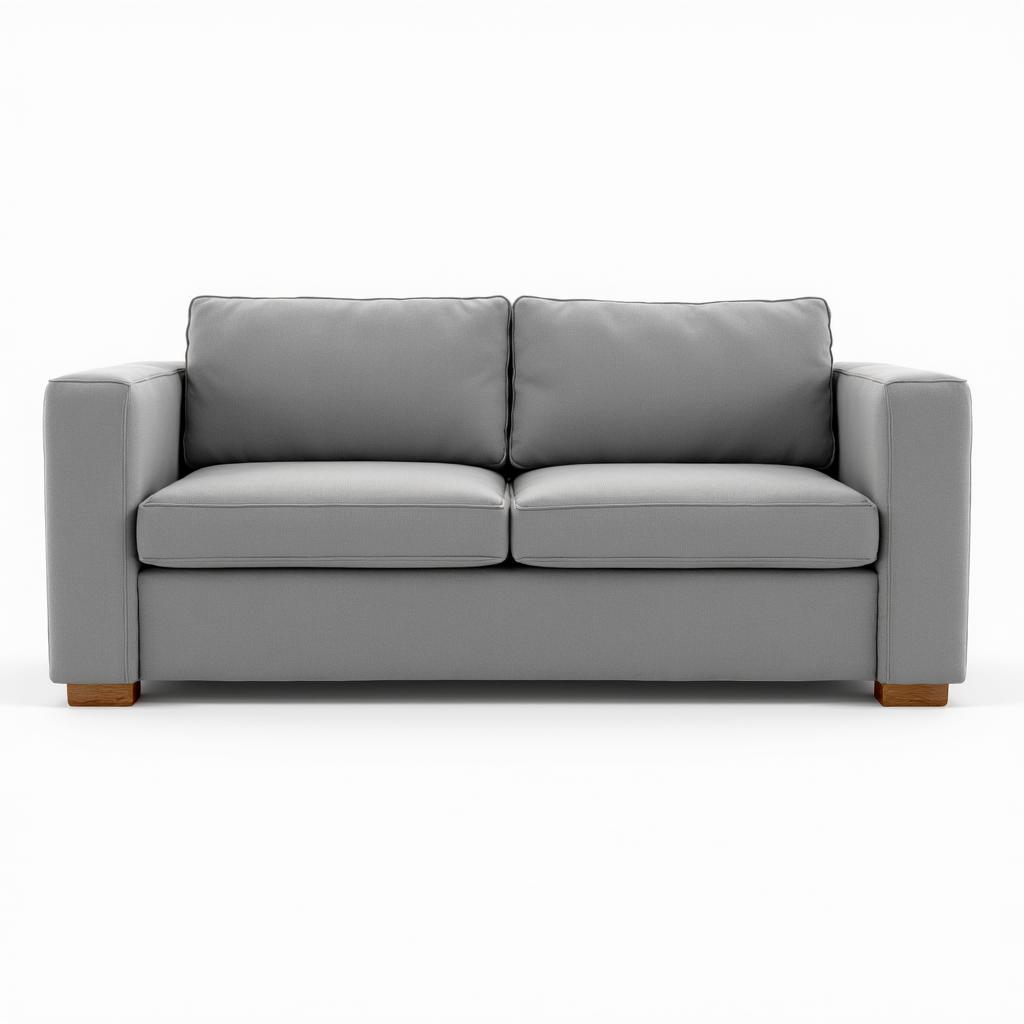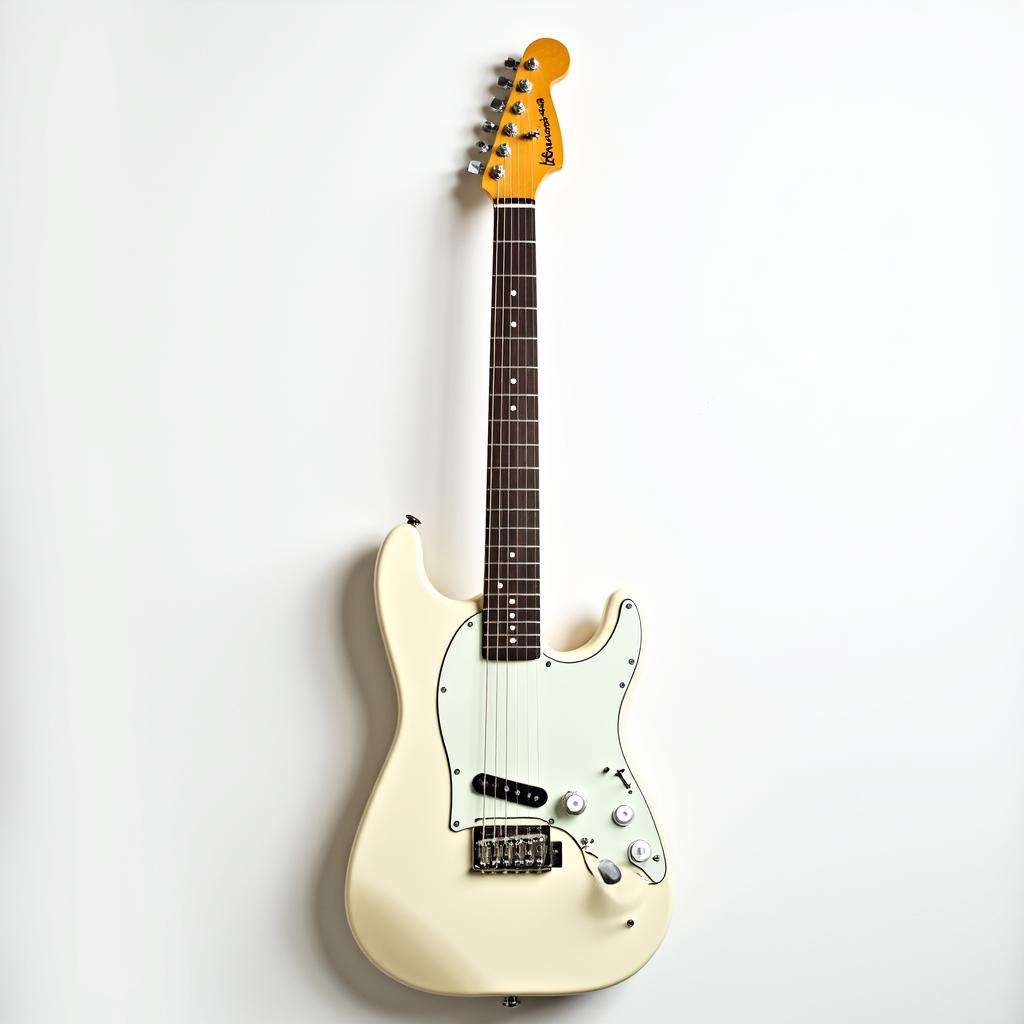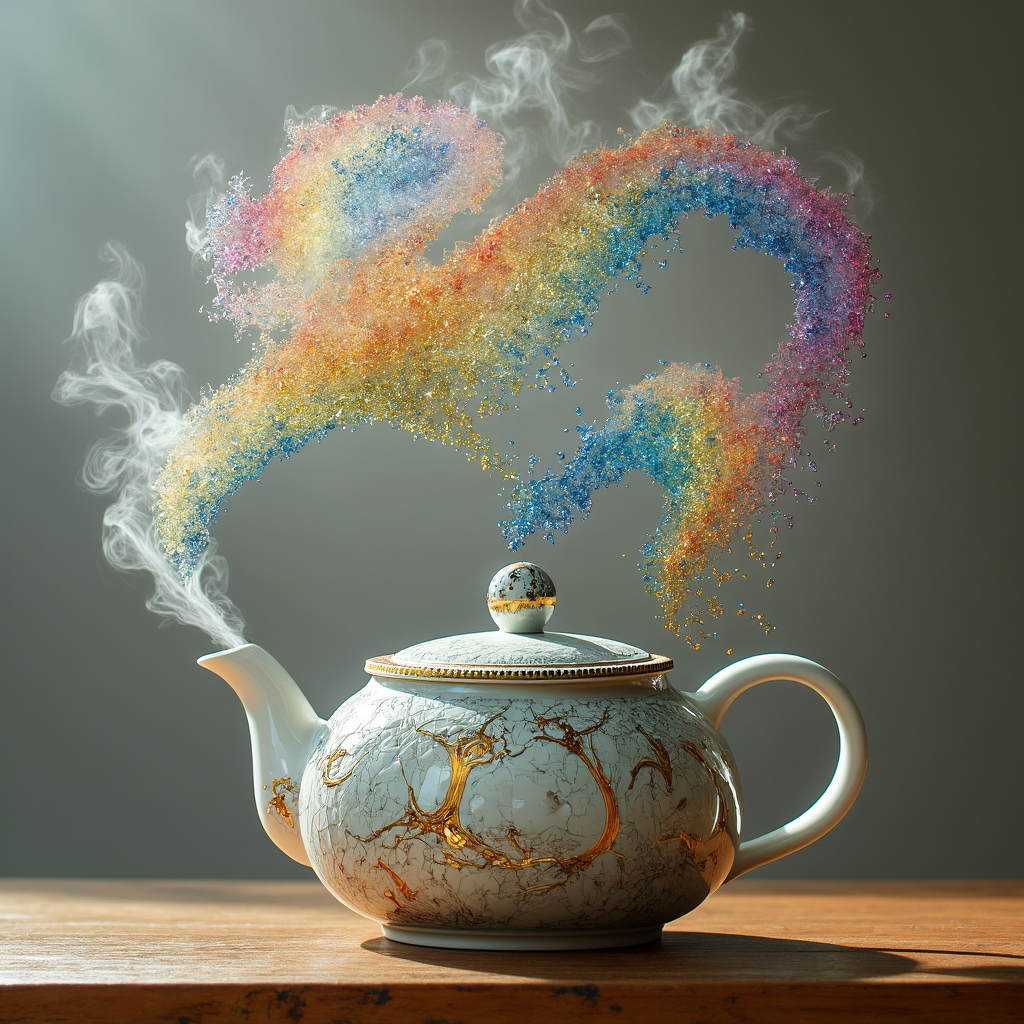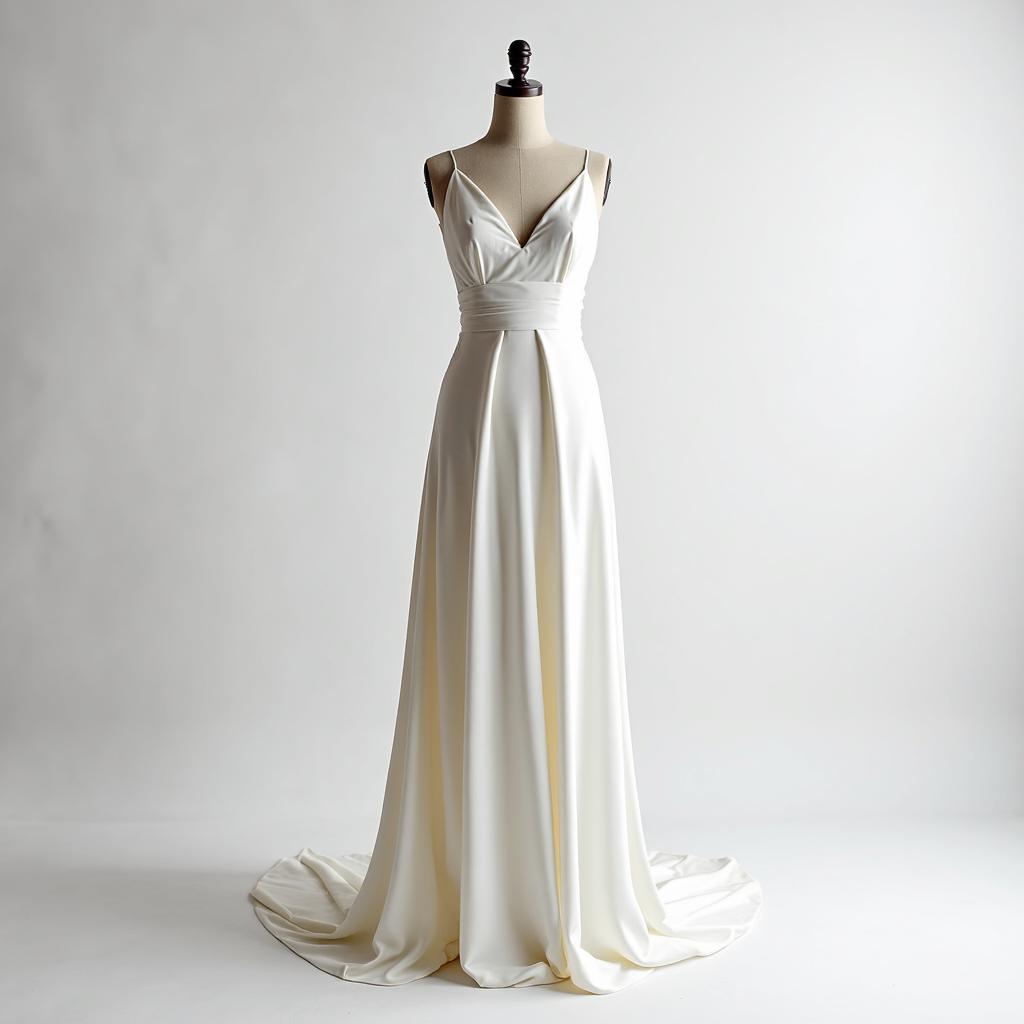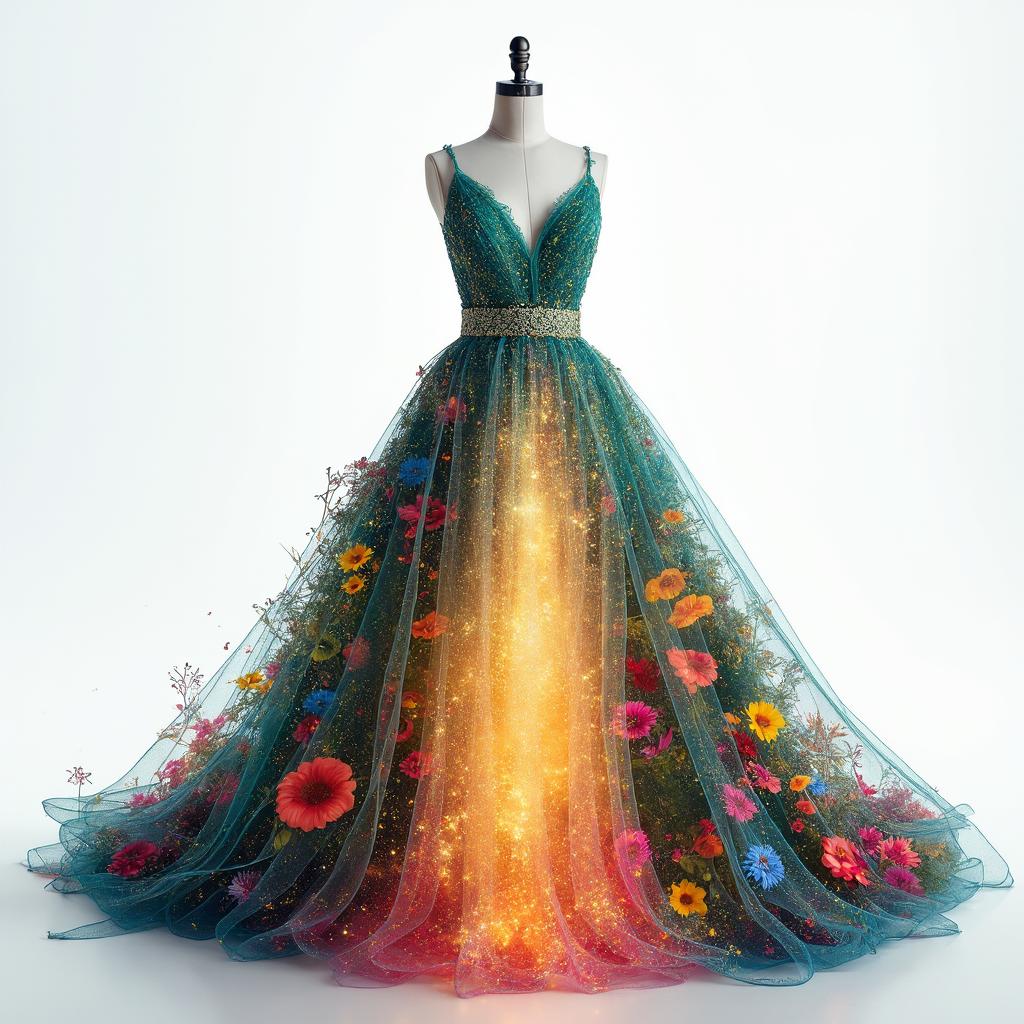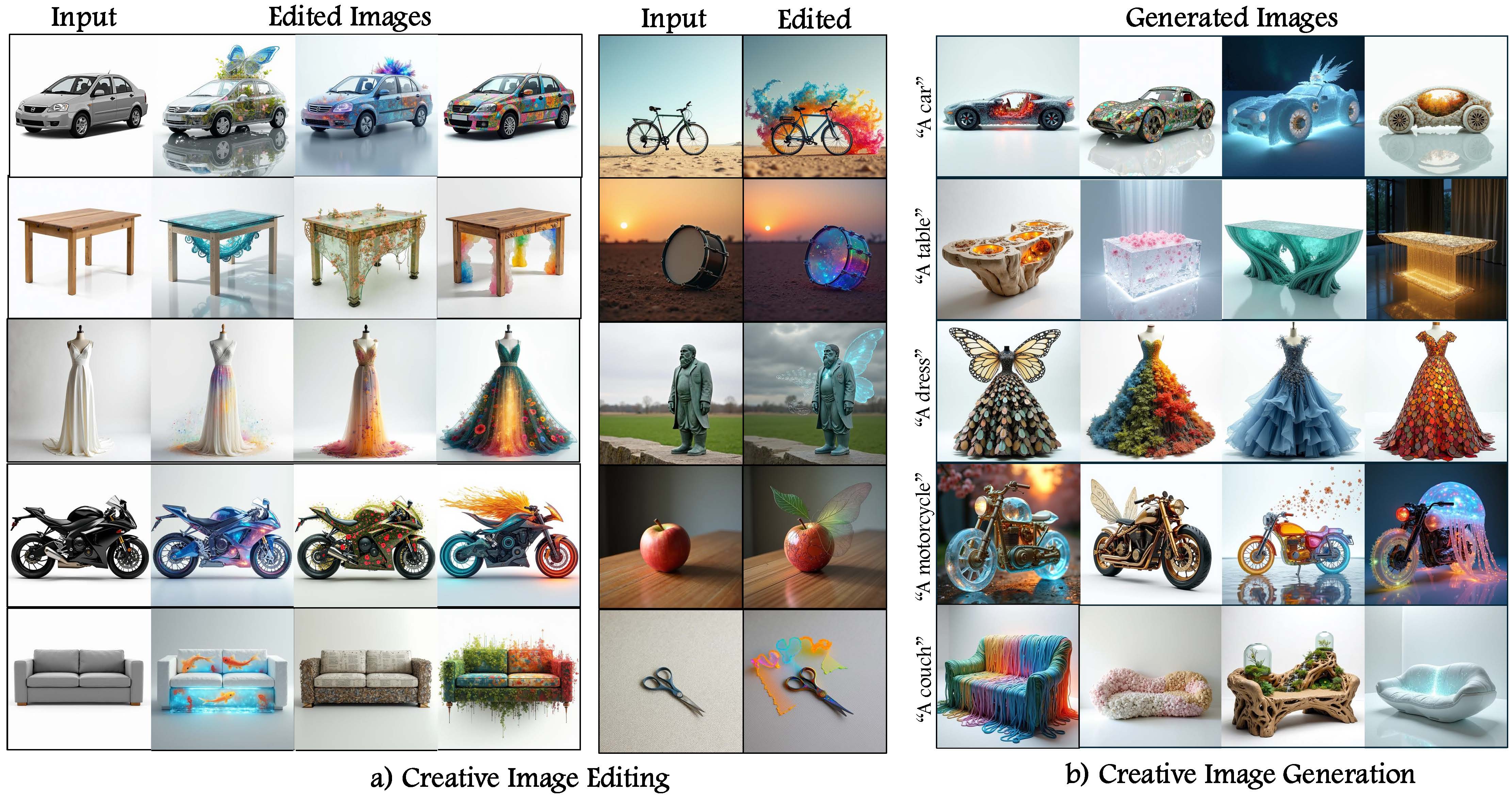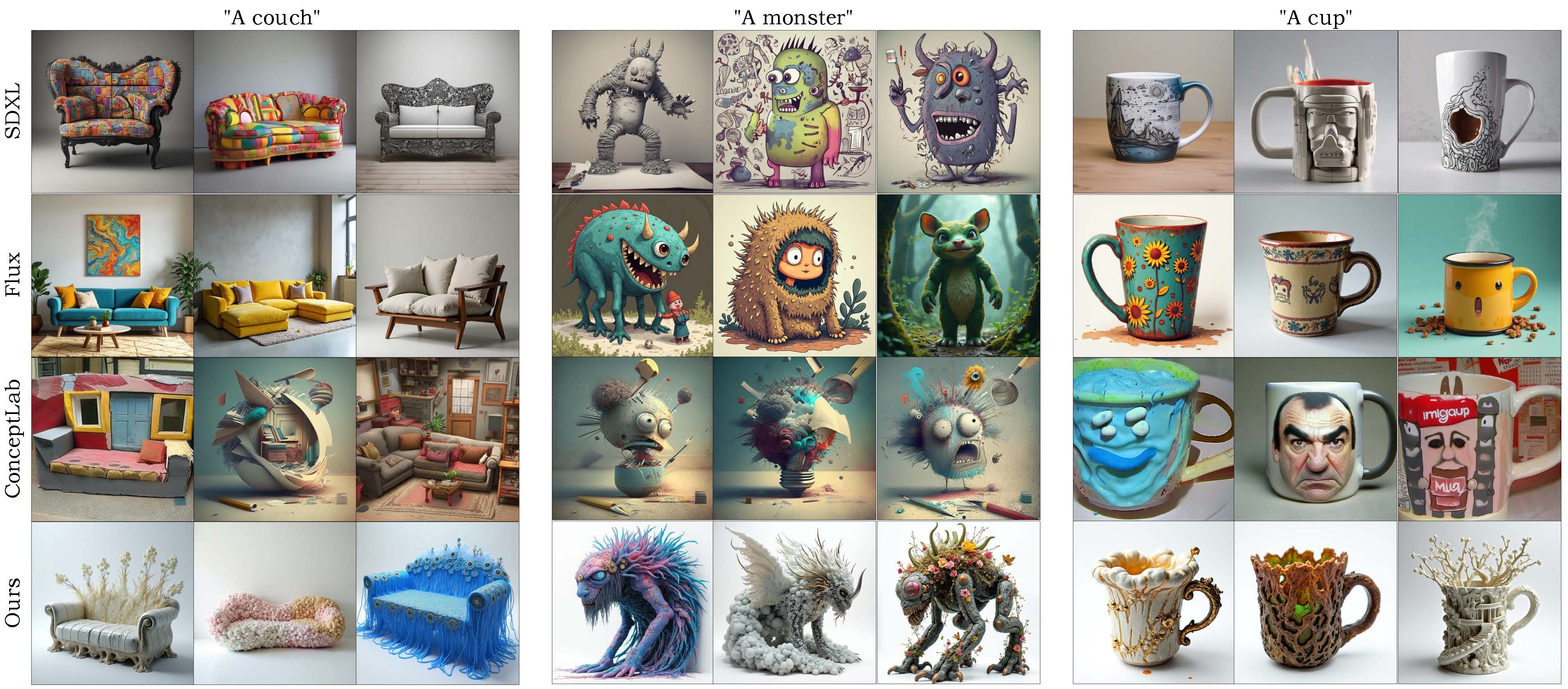Creativity in AI-generated imagery remains a fundamental challenge, requiring not only the generation of visually compelling content but also the capacity to add novel, expressive, and artistically rich transformations to images. Unlike conventional editing tasks that rely on direct prompt-based modifications, creative image editing demands an autonomous, iterative approach that balances originality, coherence, and artistic intent. To address this, we introduce CREA, a novel multi-agent collaborative framework that mimics the human creative process. Our framework leverages a team of specialized AI agents who dynamically collaborate to conceptualize, generate, critique, and enhance images. Through extensive qualitative and quantitative evaluations, we demonstrate that CREA significantly outperforms state-of-the-art methods in diversity, semantic alignment, and creative transformation. By structuring creativity as a dynamic, agentic process, CREA redefines the intersection of AI and art, paving the way for autonomous AI-driven artistic exploration, generative design, and human-AI co-creation. To the best of our knowledge, CREA is the first work to introduce a disentangled approach and the first to employ an agentic framework for editing tasks.
